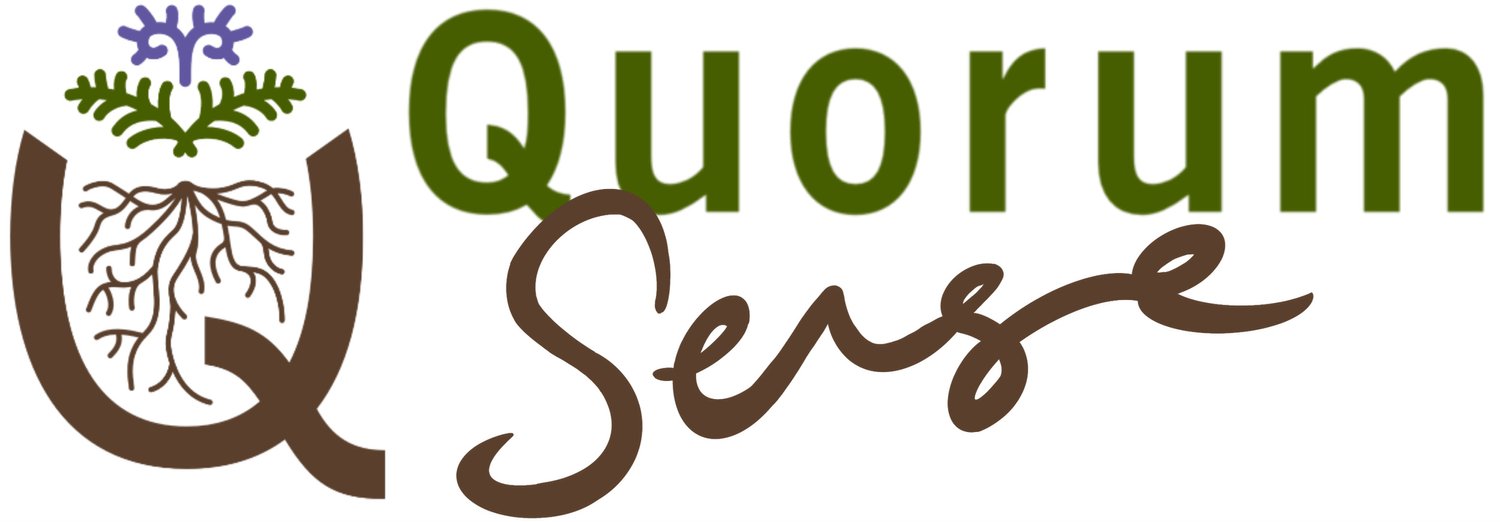Hosted by Quorum Sense.
Click to watch the webinar replay
Event information
In a simple way, microbiologist Andy Neal from Rothamsted Research in the UK demonstrates the complex interactions between physical soil structure and microbial metabolism with significant implications for nutrient-use efficiency in soils. And you get to experience being a soil microbe!
Q&As occur throughout this webinar.
Topics covered in this webinar included:
Understanding soil as being dynamic
Soil and the carbon cycle – the fate of plant derived organic carbon
Relationships between soil structure and microbial function
The biological process of how carbon can be sequestered in soils
The importance of maintaining living roots and maximising photosynthesis to cause carbon sequestration
Variables that enhance or inhibit carbon sequestration in soils, particularly soil texture and management.
Increasing soil organic matter (OM) to increase total soil porosity and soil porosity connectivity
Why we want to increase OM, carbon, and porosity in our soils for creating resilient farming systems
Soil microbes expressing different genes depending on their soil environment, and how increasing soil OM causes a positive feedback on soil structure and microbial function.
Nutrient benefits of high OM, well structured soils versus low OM and poorly structured soils.
About Andy Neal
Andrew (Andy) is a soil microbiologist at Rothamsted Research, North Wyke, Devon, UK. His research takes a fresh look at microbiome evolution and function in dynamic soil systems, demonstrating complex interactions between physical soil structure and microbiome metabolism. With significant implications for nutrient-use efficiency in soils, extension and testing of these theories in agricultural soils in different geographical regions is an important step to establishing a common theory of soil system function—revealing the extent to which geographically distant soil microbiomes share genetic complementarity and common responses to soil management.


